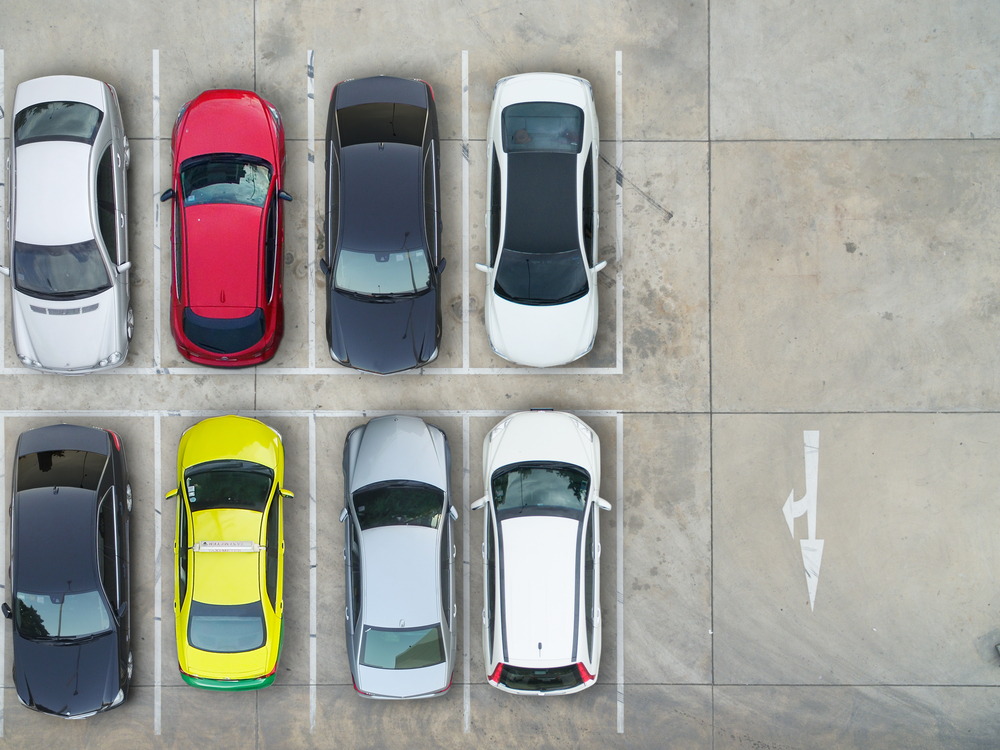How Can Airport Car Parks Become More Profitable?

Airports have become a hub of commercial activity and the airport car park has a big impact on the bottom line. With the increase in taxi apps and car sharing, the coming development of automatic cars and the increased expansion of transport links – how will car park management change to make the commercial space more profitable?
With a high percentage of the population having more than one local airport to fly from, the choice is not just down to the cheapest flight: passengers are now considering the whole experience which includes the airport’s retail and F&B offering, upgrade options, Wi-Fi, queues and parking facilities.
The car park is the first touch-point for most passengers and where the airport experience starts, so it is important the process is as smooth as possible. Passengers want, and are expecting, new innovative experiences from every destination, and this includes car parking.
“Parking usually is a pretty significant part of an airport’s revenue,” said Marshall Stevens, Deputy Executive Director of the Harrisburg International Airport and Chair of the Committee, “so it is crucial airports are preparing and dealing with the developments in the car market. Uber and Lyft already have agreements with over 340 airports collectively to compensate for potential revenue loss from the reduction in parking fees.”
Car parks are a great source of revenue for airports and with statistics being shared showing a positive increase in air traffic, airport car park management teams are handed a great opportunity to maximise revenue. However, this traffic needs to continue to use the facilities, and if they do, it also raises the challenge of handling the increased capacity.
Currently, many airports operate automated signs directing drivers to available spaces, offer smartphone payment and pre-booking options, which all make the parking experience more effective and improves the passenger experience. Further developments are quickly coming to market such as smart parking, which will actually direct a driver to a particular free space. This is a great way of ensuring passengers find a space quickly, easily and ensure the commercial space is being used effectively. However, as the car industry develops with technology, airports need to be prepared and have the ability to support this, for example, can driverless cars operate the car park?
Valet and concierge services are already available at some airports, but technology is looking to take this further. Robotic concierge services are being trailed and are predicted to be the future, using flight information to bring the car to the door for when passengers arrive home. This would remove the stress of parking, finding a space, carrying bags to the terminal and then when arriving home, trying to remember where the car was left, all of which can often be a reason people choose to use a taxi. However, a challenge with this in the early stages will be trust – will everyone trust a robot to park their car?
Another tactic that some airports are discussing is loyalty car parking programmes – this could include gaining points when parking that can be used for future discounts. This particular tactic would encourage passengers to return to that particular airport on their next holiday and also be a great data capture opportunity.
Technology developments are quickly immersing into airports and changing processes, however, will the cost bring the ROI needed to make it worthwhile? What other strategies can be implemented to ensure the revenue stream from the car park continues to support the bottom line?